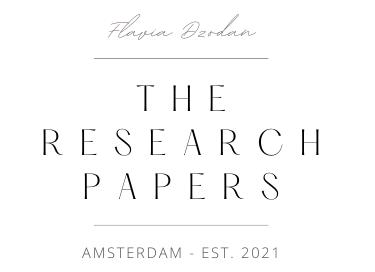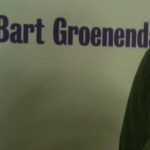How post is this colonial gaze?
Yesterday I attended the book launches for Changing Perspectives & UNFIXED, two different projects that seek to interrogate art in a post colonial framework. The topics of the books themselves interest me less for this particular post than the round table/ debate that followed the presentations by the book editors. For this debate, they invited three rather important names in the Northern European arts scene: Leen Beijers, Coordinator of the Museum aan de Stroom (MAS) in Antwerp, Belgium; Jonathan Harris, Director of Research at Winchester School of Art in the UK and Els van der Plas, from the Dutch Platform for Design and Fashion and the first managing director (now no longer part of the organization) of the Prince Claus Fund, quite possibly, the most important Dutch non governmental institution to manage subsidies and grants for artists and institutions from around the world.
Mr. Harris gave a presentation about globalization in the art world where he treated us to all sorts of rhetorical pirouettes, including profuse mentions of the Cold War in the context of post colonialism, but he carefully avoided even mentioning both the Dutch and British colonial pasts. Which, you know, left some of us scratching our heads because how can you even start to address globalization and post colonial analysis if you won’t even mention the slave trade as one of the founding moments of globalized capitalism, with the transatlantic trade of African bodies as means of production?
Later on, Ms. van der Plas, in response to how can the Dutch art world move forward in the context of post colonial theory, said that, for her, “the world had always been post colonial because the Chinese had been invading other lands for millennia and other civilizations had also been colonizing neighboring territories so, she believed that we had been post colonial for ever”. Yes. Do not roll your eyes as they might come out of their sockets.
So, since we were in a museum, a Dutch institution that is in charge of what I usually refer to as “the administration of knowledge” (both as an institution that produces knowledge in the form of symposia, books, seminars, etc and in the sense that the curating process is an administration of knowledge by itself), I took a look around in the room where all these debates about the post colonial gaze were taking place. Currently, the museum is hosting an exhibition by three Dutch artists: Bart Groenendaal, Stefan Ruitenbeek and Quinsy Gario. The room had been stripped of all the exhibition items to make space for the chairs and the stage where the debate was taking place. In doing so, the organizers arranged the platform so that the event could be filmed and, to do so, they removed the name of one of the artists who was part of the exhibition, Quinsy Gario’s. Now, because we are in a museum and because this administration of knowledge is neither innocent, nor ideology free, I should point to the most telling and substantial aspect in this name erasing exercise: of the three artists, the only name that was covered and erased was Gario’s. Also, of all the three artists, the only one of Color, a Dutch Black man who interrogates the Dutch self perception as a sexually open and tolerant nation. In the context of these debates about the post colonial gaze, about the role of “the subaltern” in art production, the symbolic value of this single name erasure does not escape me.
For the past decade and a half I have been making all my content available for free (and never behind a paywall) as an ongoing practice of ephemeral publishing. This site is no exception. If you wish to help offset my labor costs, you can donate on Paypal or you can subscribe to Patreon where I will not be putting my posts behind a lock but you'd be helping me continue making this work available for everyone. Thank you. Follow me on Twitter for new post updates.


